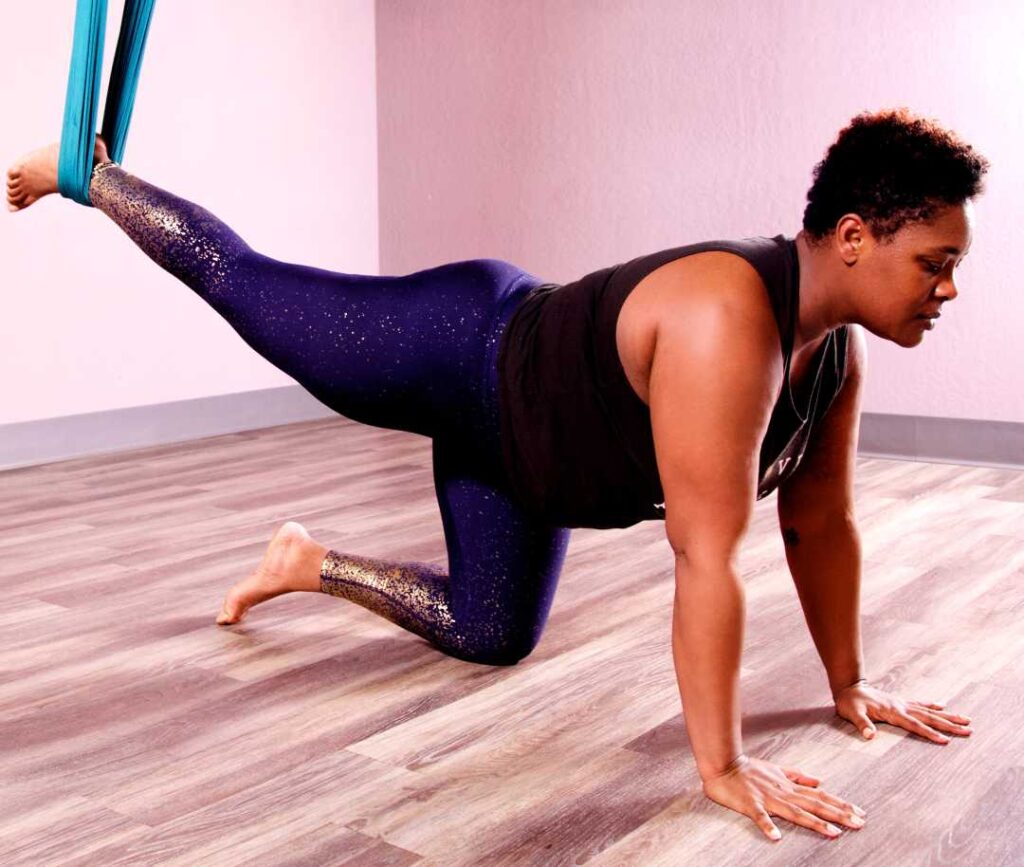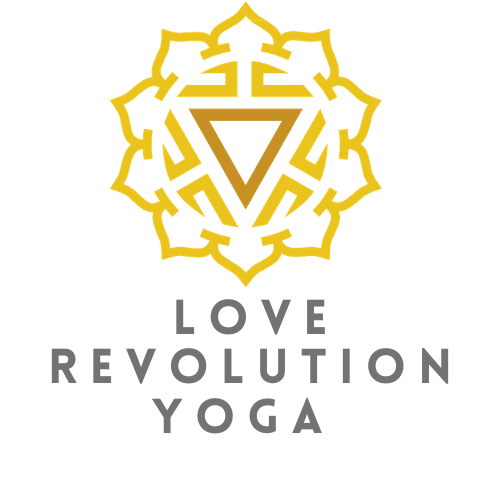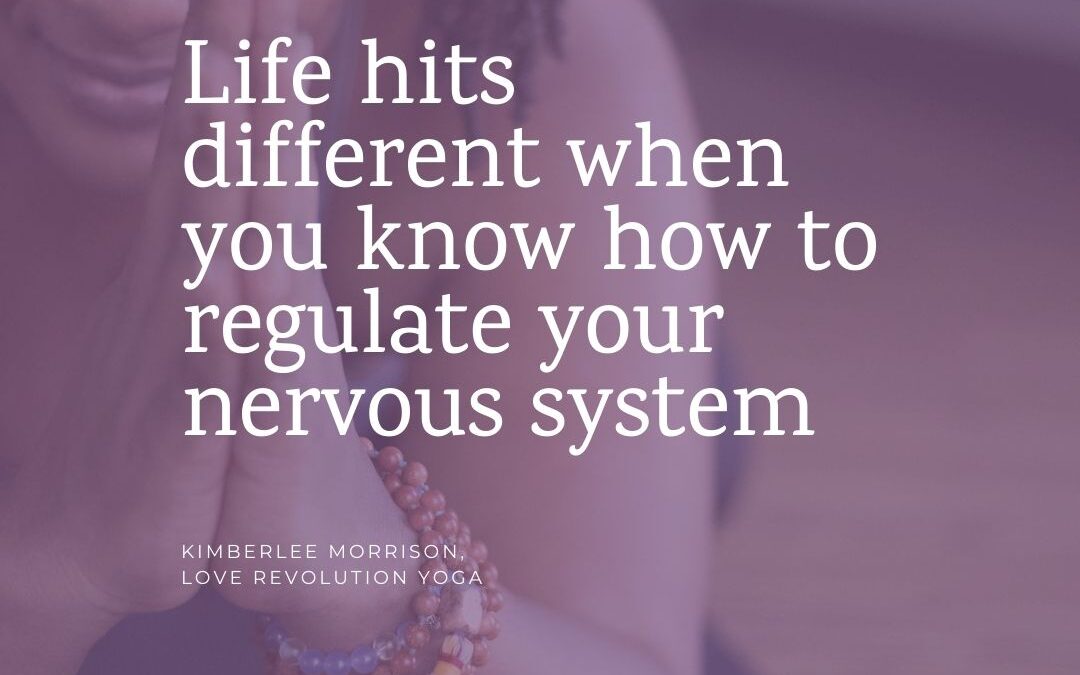I had to watch Sarah, which I thought was weird because I was just a kid. Sarah was my mom’s Kiwi friend from work. Her ex-husband had just dropped their daughter off for a scheduled visitation and called my mom in a panic.
He thought Sarah was acting manic. He didn’t want to leave her to be alone with their daughter, nor did he want to trigger her by not honoring the visitation.
They were concerned that if my mom showed up randomly, Sarah would suspect she was being watched. So my mom pretended she needed a babysitter while she went to handle a work emergency, and left me with Sarah instead.
At 12-years-old, I didn’t understand what mental health or manic meant. All I knew was that my mom was leaving me to watch Sarah that day, and she couldn’t be that bad if my mom thought it was safe to leave me with her.
Sarah was a free-spirited, new age hippie type. She had healing crystals placed strategically throughout the apartment, burned sage, and decided whether or not she liked people based on their aura.
It was all great fun for a kid, especially when we went on a shopping spree where she bought me a new dress, and my first journal. I stayed with Sarah all day and late into the night after the ex came to pick up their daughter.
A few days later, I found out that after we all left and she was alone, Sarah killed herself. I was so confused. Why would she do something like this when she seemed so happy? Why would she make plans with me and then kill herself days later? Wasn’t suicide a sin?
I tried to ask my mom but she was too distraught over the death of her friend, and didn’t really have the capacity to process my grief too. So I poured my feelings into my new journal, the first few pages of which became a letter to Sarah asking all of the questions no one seemed able to answer.
It would have been nice though, to have someone to talk through some of the unanswered questions; to not feel so alone in my grief. I was fortunate that a few years later when I tried to commit suicide by swallowing a bottle of Tylenol my mom got me into therapy right away.
Before that, I can’t remember my big feelings being met with anything other than frustration. I was a sensitive cry-baby who didn’t have the room to feel those feelings.
“You don’t have time to cry,” my mom would say whenever I cried. “You have work to do. You have to figure this out.”
That’s how she dealt with stress — by going into problem solving mode. And having had my own struggles as a single working mother, I understand that the thread by which her stoicism was held together was often thin. If she stopped to cry, she might never stop.
She had to be a strong black woman and she taught me to be the same. Sometimes though, I wished I had the space to feel what I was feeling. But that’s not really something we talked about when I was a kid.
When people did talk about mental health it was in the context of illness, and the idea of anyone seeing a shrink or being in therapy was often met with scorn.
My mom was intuitive though. We couldn’t always afford a therapist, so she’d take me to dinner when my mood shifted. It was her way of trying to create a safe space for me to talk about what was bothering me. But there were always things I didn’t feel safe talking to her about. For those times, there were also peer counselors at church.
I didn’t know back then what I was struggling with was emotional regulation. In fact, I was an adult when I learned to regulate my emotions — and it wasn’t until I became a yoga teacher that I realized that’s what I was doing. By then I’d been practicing yoga on and off for about 10 years.
Dealing With Religious Anti-Yoga Stigma
I was still a teenager when I started practicing yoga in my living room. In addition to helping me get back into swimming shape after having a baby, practicing yoga helped me sleep better and calm myself down when I felt overwhelmed and stressed out.
The only problem was that I grew up Christian and sometimes felt conflicted about the spiritual implications of practicing what I considered someone else’s religion. Nevermind that my grandmother had introduced me to yoga, and the book she gave me didn’t say anything about religion.
I got the idea that there was something wrong with it from a college friend who introduced me to her church where practicing yoga was frowned upon. At first I thought I could just compartmentalize. Then I started to hide the fact that I practiced yoga. Over time, I became convinced that even the stretches and meditations I did with yoga were an act of worshiping pegan gods.
So I stopped practicing yoga. I prayed often, but the prayers were never as relaxing. Where meditation was soothing and grounding, prayer the way I had learned it often felt plaintive and desperate.
Fortunately, as part of my Freedom Writer Scholarship to Cal State Long Beach, I was provided with a list of resources to support my well-being as a student. One of those resources was access to a therapist through the school health services program.
This was my first time having access to a therapist on any consistent basis. So despite being afraid to practice yoga, at least I was able to see a mental health professional during this, one of the most challenging periods of my life.
But maintaining my yoga practice would have been so helpful during those moments of extreme stress. I was a young mother and a full-time student with a part-time job and a husband who didn’t really understand what it took to be a parent.
In his mind, being home and taking care of the kids was “babysitting.” Any time I asked him to help with anything related to taking the kids to school, daycare or a doctor’s visit, it turned into an argument. So while I technically wasn’t single while in college, I often felt like I was.
Suffice it to say that marriage didn’t work out. It wasn’t just the imbalance in the distribution of domestic labor that finally broke us though. It was our inability to regulate our emotions.
We’d been getting into increasingly violent arguments until eventually we exploded on each other. After a fight where we’d trashed our house, and hurt each other both physically and emotionally, my husband told me to call the police because he was afraid of what he might do.
So I did.
And it was one of the scariest and gut wrenching things I’ve ever done. Where I come from, we don’t call the police on a Black man because that call could have deadly consequences. But so could my silence.
In fact, many Black women feel obligated to prioritize race issues over “sex-based” issues and our silence is part of the dispropoitionate rate of domestic violence against us. If there was one thing I was consistent about was not being just another statistic.
I may have been a teenage mother, but I was determined to graduate from college. And I may have been in a dangerous and abusive situation but I was determined not to let abuse become a cycle I perpetuated.
As I went about untangling my life from his, I also started to pull away from the church. I didn’t see how I could be happy there where so many of the messages I received were that I couldn’t be myself and still be loved by God.
I couldn’t practice yoga because it was someone else’s religion. Despite growing up a swimmer who never really learned modesty, the church made sure I learned to cover my body to avoid distracting men from their spiritual journey. Even my curiosity and intellectualism was laughed at and ridiculed.
I’ve never been good at fitting into the box someone else tried to force me into. And there’s nothing like getting married and divorced before 30 to make you take stock of your life. What I realized was that the church was yet another abusive relationship I was ready to leave behind.
I graduated from college and left the church. I was tired of feeling like I needed to conform or hate myself in order to be worthy of God’s love. Wasn’t love supposed to be the greatest of all the fruits of the spirit?

Discovering the Connection Between Mental and Spiritual Well-Being
I began to seek a spiritual community more focused on love than condemnation. One day a mentor invited me to her Sangha — or spiritual community.
It was a little Christian Science church (not to be confused with Scientology) in Huntington Beach, where they took a scientific approach to spirituality. While there was a basic biblical framework for many of the teachings, there were also threads of Jewish mysticism and Buddhist philosophy also weaved in.
By this time, I was already practicing yoga again. It started as a fitness challenge I took on with some girlfriends from work. And despite the fitness focus, returning to yoga felt like coming home for the first time in a long time.
Between the Sangha and my yoga practice, I started to learn more about the connection between spiritual and mental well-being. Both taught me to be curious about my mental and emotional state, rather than be ruled by them.
These communities also reminded me that I was a spiritual being living a human experience. Yoga was a practice of calming my mind so that I could be in tune with myself as a spiritual being; the Sangha helped me explore spirituality through my intellectual curiosity and experimentation.
The Sangha gave me a safe place to show up authentically within an organized spirituality experience. But when I needed to get out of my head so I could think clearly, I went to a yoga class. When I was stressed and depressed about being an underpaid magazine editor, I went to a yoga class for mental health maintenance.
Even 10 years ago studio yoga classes were expensive, so I started practicing at home again. That was where I started and it felt good to remember that I could find inner peace right at home and without the need for external guidance.
I happened to be in the studio though, when a teacher announced an upcoming yoga teacher training at the end of class. Yoga had been transformational for me in so many ways both physical and mental, and I was curious to dive deep and maybe help others discover their own path to inner peace.
I started the yoga teacher training but between the death of my father and being recruited for a job in another state, yoga teacher training wasn’t all that urgent a priority.
Resilience Stress Testing: Let’s Do All of the Hard Things
The only reason I was able to even consider taking a yoga teacher training was because I had left my magazine job. It wasn’t easy, but I cobbled together enough clients to replace that income. And I was enjoying my beach city work-from-home life.
Then a friend and former boss came to me with a job making more money than I’d ever made before — even as a freelancer — I couldn’t refuse. The possibility of having access to health care and a three bedroom house for the same price as my shoebox apartment in Huntington Beach was life changing.
So I packed up and moved to Arizona to work at a tech company that was growing quickly. Making that move was equivalent to doing all of the most stressful things you can do all at once. I moved to a new state, started a new job, and my eldest son came to live with me after living with his dad for eight years.
I went to college in my hometown, so moving to Arizona was my first experience moving away from home. I had a few family members nearby — my mother, my brother and a cousin — but for the most part I felt alone and isolated in this new place.
The first year here was rough. There was the culture shock of moving away from my very liberal and diverse Southern California home to the conservative Southwest. Most of my new coworkers were cis-gendered, white, Mormon men. And because I’m a get shit done girl — a quality for which I was hired — it didn’t take long for the comments about me being “too pushy” and “too aggressive” to start rolling in.
Between the isolation, the culture shock, the micro- and macro-aggressions at work, and the general stress of raising two kids after having left my entire support network behind, I was on an emotional roller-coaster. Optimism helped me look at the positive things in my life and find genuine moments of joy. But most of the time that was just masking my depression.
At work I smiled despite feeling more and more out of place. When I went home, I would close myself in my room only coming out for food. I drove back to California so often that my boss started to notice the frequency of my long weekends.
I felt displaced, displaced, despondent, and depressed.
Finding My Way Home to Myself Through Yoga
There was one place I felt centered and whole and that was on my yoga mat. I needed to meet people, so I found a studio I could bike to and went to the Sunday morning class religiously.
In these classes, I started to really understand the concept of yoga being a practice of calming the mind so I could sit with myself. I went on a powerful healing journey where my teachers reminded me that I was a child of the divine and therefore deserving of love by virtue of my existence.
At the time, I didn’t realize how much I needed those classes and teachers. All of the studios offer teacher training, so it wasn’t long before I heard one of those invitations again. However, this teacher said she saw it as a calling for me, and though she couldn’t afford to offer me training for trade, she recommended a place where I could get trained without money as a barrier.
I made my way to that school and into the recommended training. And as I learned about the history, purpose, and science behind yoga, I started seeing how yoga had been a thread helping me keep my head on straight through all of the ups and downs of my life.
I used to say I did yoga for “low-impact” exercise. But after more than a decade of practicing yoga, I realize it has been one of the most impactful and influential things that supported my mental health throughout my life. In addition to learning how to regulate my nervous system, I also learned how to deal with the big swelling emotions and not be overwhelmed by them.
Yoga was there for me through being diagnosed with Lupus, financial crisis, and through a global pandemic and all of the grief and trauma that came up. Even when I was afraid to leave my house, I could always breathe and connect with the part of me that is the entire Universe captured in a meatsuit.
None of this is to say that yoga is a mental health cure-all. Sometimes we need an intervention from coaches and mental health professionals to highlight our own blind spots; to help us find healthy coping mechanisms; and help us heal our deepest wounds. In fact, I see a therapist monthly and sometimes more frequently when things get especially tough.
But the one constant that didn’t cost me anything, was always accessible, and felt like coming home was yoga.

